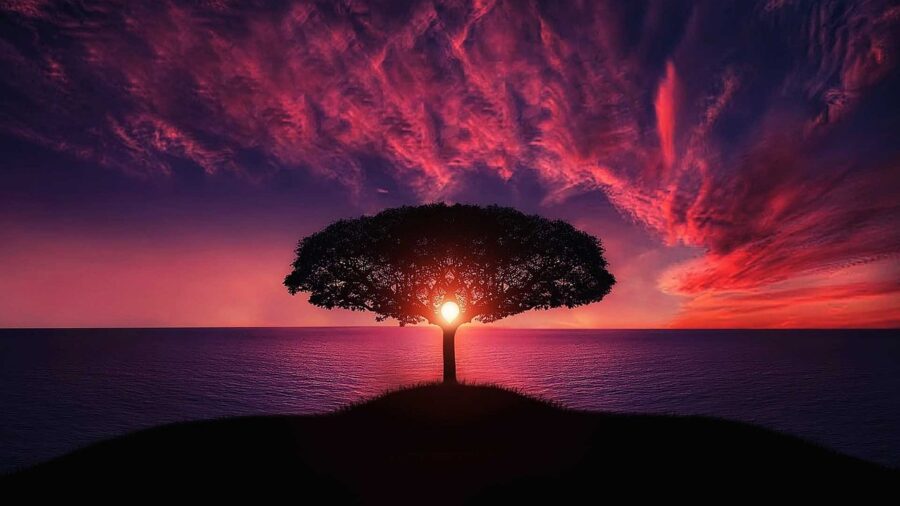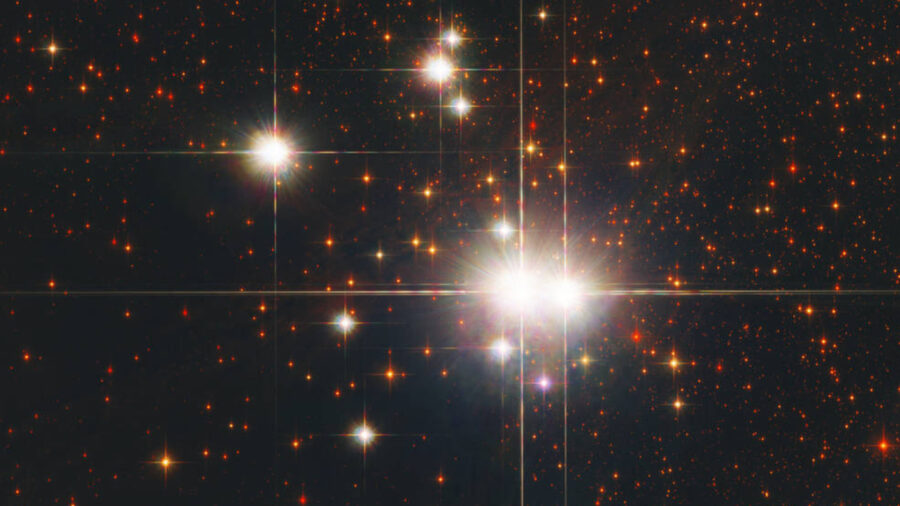Suns From The Dawn Of Time Discovered?

Three celestial objects have been spotted in the depths of the Cosmic Dawn. The discovery is unique because these objects may not have formed through nuclear fusion like stars but by the enigmatic substance known as dark matter. Data from the James Webb Space Telescope (JWST) proved that these galaxies could be colossal suns fueled by dark matter heating.
Three discovered suns from the dawn of time appear to have formed in dark matter instead of nuclear fusion.
According to Science Alert, a team of theoretical astrophysicists, Cosmin Ilie and Jillian Paulin from Colgate University, along with Katherine Freese from the University of Texas, Austin, proposed that the discovery of these suns could offer insights into the nature of dark matter and provide an explanation for the abundance of supermassive black holes in the Universe.
What is Dark Matter?
Dark matter, an elusive substance that surpasses the quantity of visible matter, exerts perceptible gravitational effects despite its invisible and undetectable nature. However, the actual composition of dark matter remains a mystery, and this enigma presents an opportunity for dark stars (or suns) to address several questions.
Among these is the elusive nature of the first stars/suns that ignited in the Universe. Although scientists have found evidence of their existence, direct observation of these celestial objects has remained elusive. Additionally, the formation of supermassive black holes, which possess masses millions to billions of times greater than the sun, has puzzled scientists for years.

Moreover, the JWST, operational since July 2022, has unveiled numerous massive galaxies from the Universe’s early stages. The rapid growth of these galaxies since the Big Bang poses a perplexing puzzle for astronomers. Enter dark stars or suns – the potential solution to these cosmic mysteries.
Unlike the familiar concept of stars, comprised mostly of hydrogen and helium, dark stars would derive their energy from dark matter annihilation. According to the theory, dark matter particles collide and mutually annihilate, producing intense heat and light. In the early Universe, when dark matter was more abundant, it could have created massive blobs equivalent to a million suns.
The three galaxies in question, JADES-GS-z13-0, JADES-GS-z12-0, and JADES-GS-z11-0, observed during the first few hundred million years after the Big Bang, exhibit characteristics consistent with dark stars. Over time, these dark stars would collapse into supermassive black holes, explaining the scarcity of their observed counterparts and the prevalence of supermassive black holes.
The discovery of these suns could offer insights into the nature of dark matter and provide an explanation for the abundance of supermassive black holes in the Universe.
Additionally, the existence of dark stars would account for the absence of first-generation stars as we know them. These ancient stars may still be present, but their appearance would be vastly different.
As such, the team proposes that future telescopes capable of capturing more detailed observations could differentiate dark stars/suns and early galaxies based on distinct helium signatures.
The discovery of suns from the dawn of time, powered by dark matter, represents a significant stride towards unraveling the mysteries of the Universe. By shedding light on the nature of dark matter and its potential role in forming supermassive black holes, scientists move closer to understanding the mysterious forces shaping our cosmos.
Future telescopes may hold the key to unlocking the secrets of these ancient dark stars.












